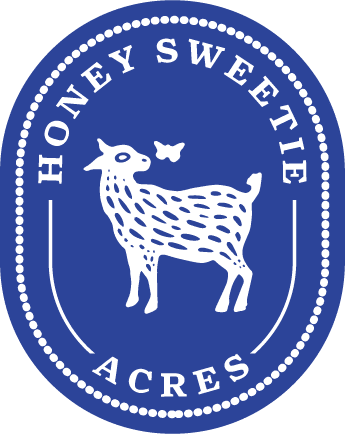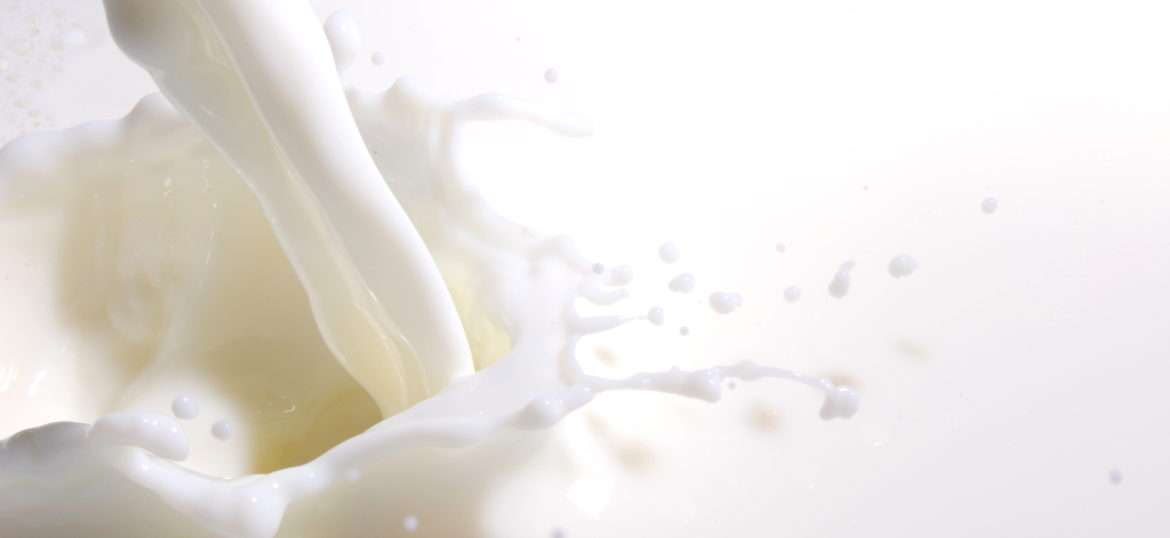Goat Milk as a Beauty Ingredient
There are a plethora of natural soaps on the market. Various ingredients are touted to help the skin without any real scientific research behind them. Some have anecdotal evidence behind them like charcoal, but many do not. They have a natural origin so they must be good, right? Wrong.
Your skin makes up about 15% of your body by weight. It is your barrier against the outside world. It is the organ with the most surface area and that means a lot of places for discomfort. Skin issues are listed as the world’s fourth most common illness. Skin issues increase with age and are more prevalent among men versus women as well. The most common skin conditions are:
- Keratosis Pilaris – small bumps
- Rosacea – redness, particularly on the face
- Eczema – scaly patches
- Psoriasis – scaly inflamed patches
These 4 issues also benefit the most from Goat Milk as a Beauty Ingredient. Why?
The reason for making “natural” soaps is to have a product that does not create an inflammatory response. Inflammation comes from ingredients that trigger the immune system, such as excess sodium, preservatives, various synthetics, and yes, believe it or not, some organics. All natural soaps seek to reduce this exposure and many do not contain goat milk or milk at all. They are certainly better than most commercial brands, but their primary base is still only water.
Is Goat Milk Acidic?
Did you know that your skin is acidic in nature? We have an acid mantle in our skin that acts as a buffer against bacterial, viral, and fungal invasions. First, goat milk is slightly acidic, that is why people will tell you that is the closest to human skin pH. If you stick a pH meter in goat milk, you will get a reading anywhere from 6.1 to 6.5 typically. (Remember, water is 7 or neutral). So milk is truly SLIGHTLY acidic and therefore less likely to react with the skin.
Second, the beauty world is gaga over “Alpha-Hydroxy Acid” or AHA’s. Goat milk contains natural Lactic Acid and is part of the AHA family. We all want smoother more hydrated skin and complexion. Smoothness comes from the natural exfoliating action of lactic acid. It also works as a humectant which draws moisture to the skin.
But that is not all. The body needs fatty acids to survive. Your skin needs them to strengthen cellular structure, nourish and moisturize the skin and contribute to elasticity and strength. The best-known fatty acids in goat milk include: caproic, butyric, caprylic, capric, lauric, myristic, palmitic, linoleic, stearic and oleic.
But guess what? These same fatty acids are found in the oils that make up the body of a natural goat milk soap. You need FAT, and lots of it to make a proper soap. Our process is to SUPERFAT by 5 – 10% so that you have excess AHA’s, excess fatty acids and excess moisture.
When you find a soap that does not lather as you like, it is not the fault of the goat milk. It is a lack of artisan knowledge on what causes lather to naturally occur. Goat milk encourages the formation of lather due to its high milk sugar content. The best news is that Nigerian Dwarf Goat Milk has the highest butterfat content and therefore higher sugar content than any other goat milk!
If all this wasn’t enough, natural pro-biotics contribute to healthy skin flora and vitamin A is present in high amounts.
Goat Milk as a Beauty Ingredient
- Close to human pH
- Nigerian Dwarf Goat Milk has the highest butterfat
- Encourages lather
- Lots of vitamin A
Consumer Tip: Read ingredient labels on Goat Milk Soap before purchasing.
- If it says “goat milk extract” this indicates that a dehydrated goat milk powder was used instead of real goat milk.
- If Goat Milk is listed as the first ingredient, this is deceptive consumer marketing. Goat milk carries the lye (the reagent) to start the soap-making reaction. If milk was the #1 ingredient, the bars would be soft and never cure. Most properly made bars contain about 1 ounce of milk per bar. Fats from organic oils contribute to the solid structure of the bars.
- Properly made bars do not need a preservative. They should be cured with no moisture present which then makes mold & mildew impossible.
- The biggest negative to goat milk soap is leaving a bar sit in water. They are not made with high levels of sodium (like commercial bars), so they will decompose faster if left in a wet environment.
- If you find a bar of goat milk soap that is pure white, the color has been changed with titanium dioxide. People associate white with purity, when in fact it can hide a multitude of sins. Real goat milk soap made with real milk will have a butterscotch yellow tint. This is because in nature, milk fat is actually YELLOW. We freeze our goat milk in 1/2 gallon bags to see us through the year when the girls are not milking. We can tell by the color of the bag what time of year the milk was sourced as butterfat percentage changes with the seasons. Remember that natural milk in its pure state is not truly WHITE.


